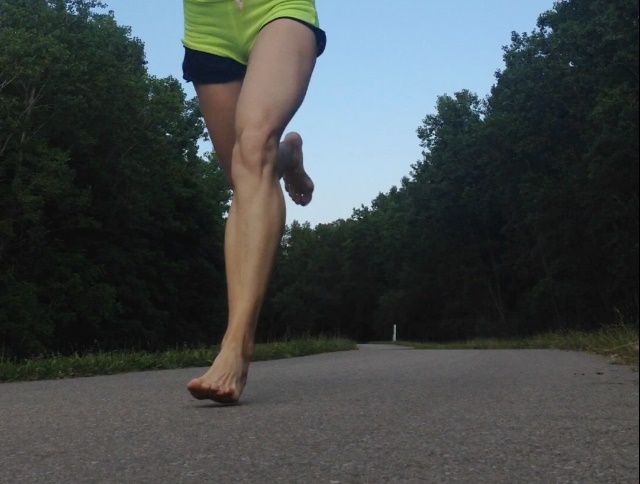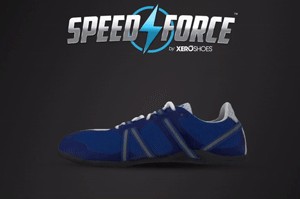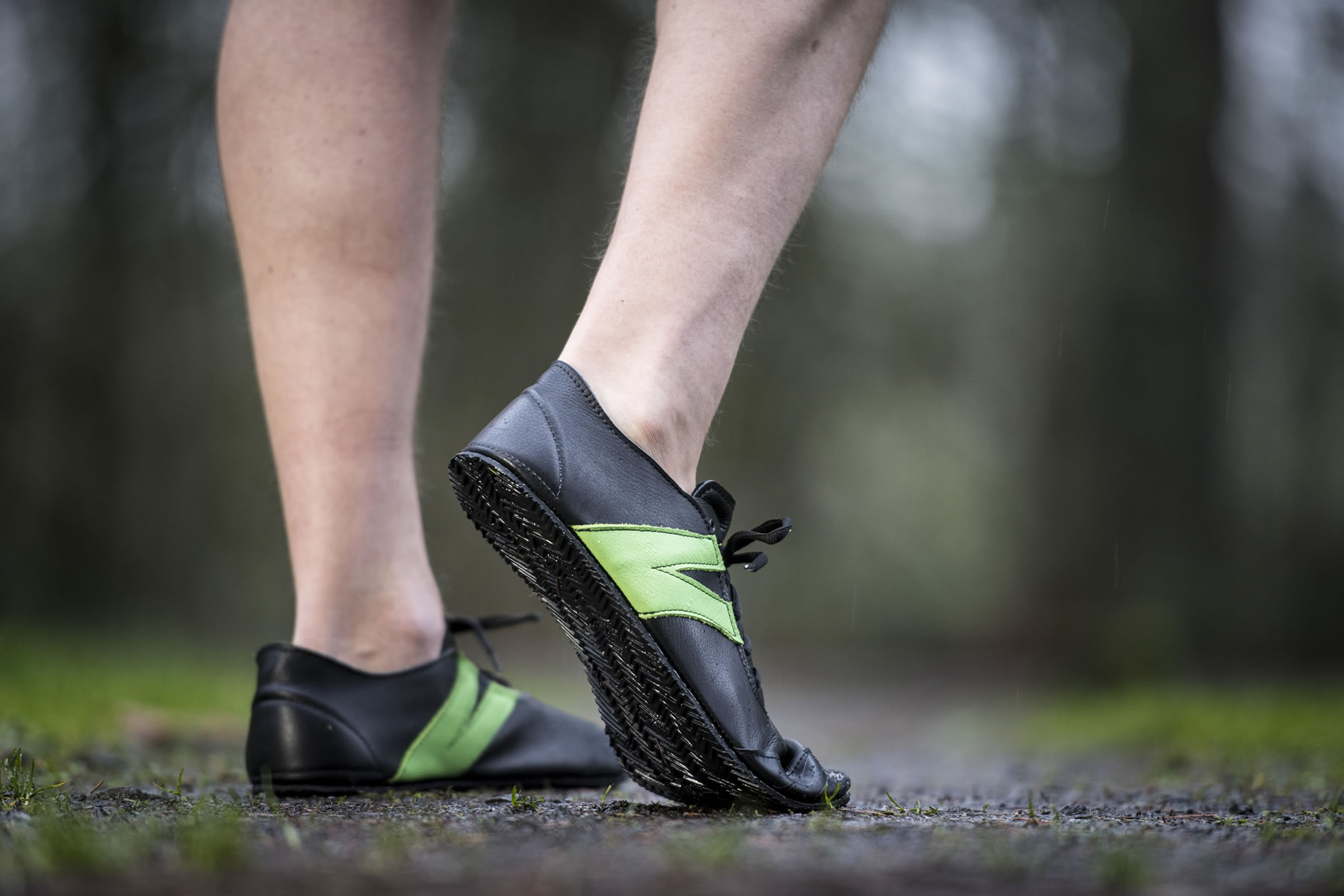If you are a heel strike runner who switched to forefoot running and is experiencing ankle tenderness, do not worry as this pain is a form of adaptive pain that will resolve as soon as the ankle adapts to the new running condition, which it soon will!


Even though this pain is merely adaptive pain, why does it arise in the first place?
Heel strike and forefoot strike running are completely opposite styles of running whereby forefoot running engages a whole new mode of mechanics, including different ankle-joint mechanics that are actually proven to be more functionally useful and safe than heel strike running.
- When forefoot running, especially when barefoot or in a barefoot shoe, the ankle range of motion is much greater compared to heel strike running in shoes.
- Peak plantar-flexor moment and eccentric ankle power were also found to be higher in barefoot and minimalist shoe runners.
- Other reports have found that a forefoot strike landing increases the ground reaction force moment arm about the ankle joint.
All these points mean is that in forefoot running the ankle has a bigger role to play in helping stabilize the foot, while keeping you more balanced overall, especially on uneven terrain. This also removes a lot of mechanical strain off the knee, which is another reason runner’s knee is rare in forefoot running, but is most common in heel strike running because the knee is responsible for performing more mechanical work, which eventually wears out the knee-joint (read more on that here!)
Again, these findings are NOT indicative of anything bad about forefoot running and barefoot/minimalist running, these findings are essentially descriptors about the ankle mechanics involved in forefoot running and these mechanics may cause slight tenderness in a new forefoot runner.
All in all, sore ankles are just a mere sign of adaptation of the ankle to a new running condition, and does not require immediate attention other than to be patient and remember that ankle soreness is all part of the transition process. The ankle pain in a new forefoot runner is literally weakness leaving the body and is very temporary because the ankle will quickly adapt, and any soreness will vanish.
To keep your feet and ankles as well as biomechanics sustainably strong and functional, the key is to remain anchored to barefoot and/or minimalist shod running, even when minor bouts of pain is endured, and accept that this pain is a sign of progress in developmental strength.
References:
Paquette et al. Acute effects of barefoot, minimalist shoes, and running shoes on lower limb mechanics in rear and forefoot strike runners. Footwear Science (2013); 5(1):9-18.

Bretta Riches
BSc Neurobiology; MSc Biomechanics candidate, ultra minimalist runner & founder of RunForefoot. I was a heel striker, always injured. I was inspired by the great Tirunesh Dibaba to try forefoot running. Now, I'm injury free. This is why I launched Run Forefoot, to advocate the health & performance benefits of forefoot running and to raise awareness on the dangers of heel striking, because the world needs to know.
Latest posts by Bretta Riches (see all)
- Can You Run In Barefoot Shoes? Yes, But DON’T Heel Strike! - 21/07/2024
- Why Cushioned Running Shoes Are Really Bad for Your Feet - 19/07/2024
- Do Cushioned Running Shoes Cause Injuries? - 17/07/2024


What about ankle pain in the inside? No matter how many balancing exercises I do, or how long I spend easing into greater distances, after 2.5 miles in minimalist shoes the inside (PTT) of my ankle gets sore. I spent 4 months building up to 3 miles,- d went very gradually. Ready to abandon minimalist shoes sadly for this reason.